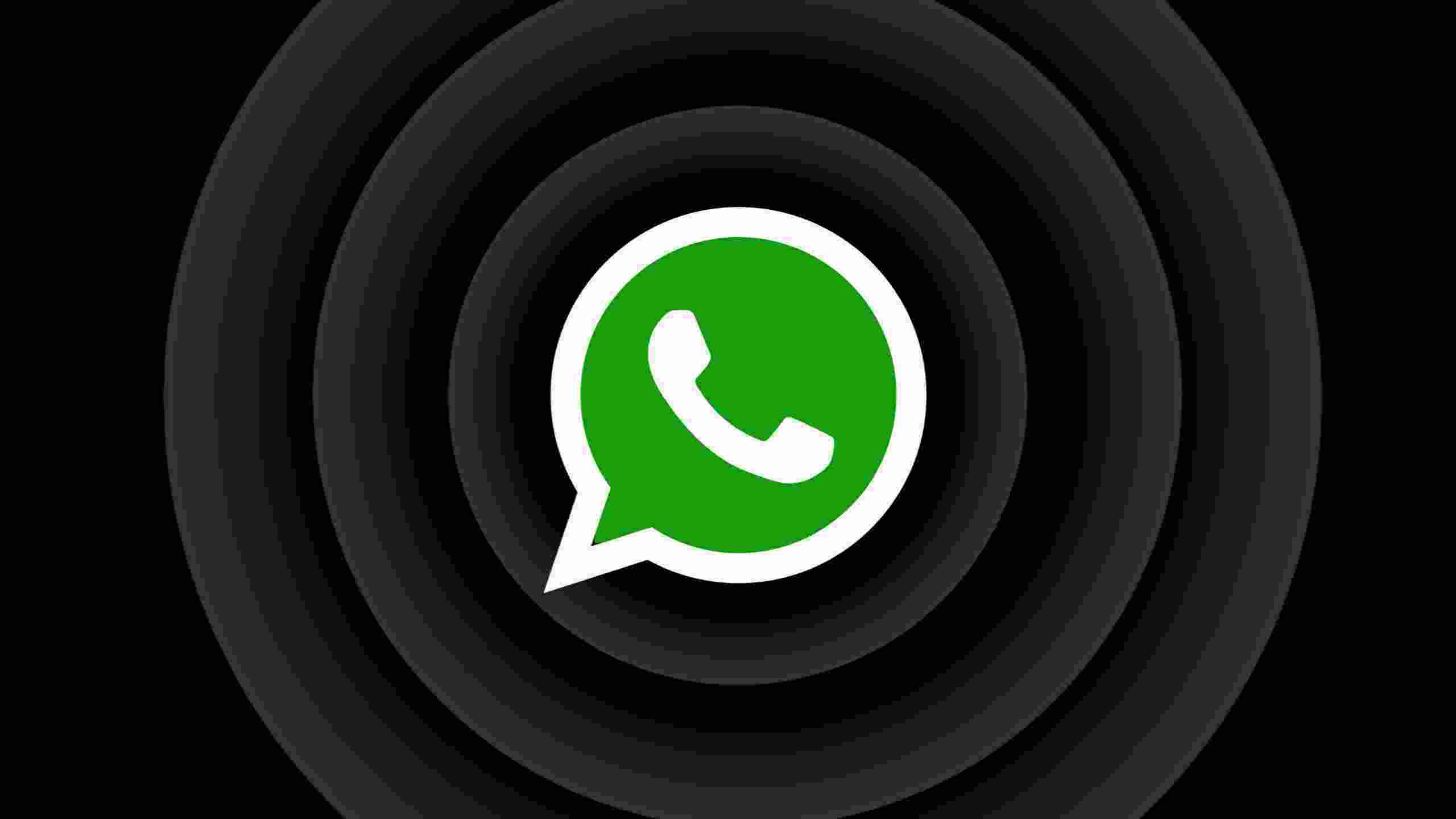Letting your smartphone, tablet, laptop, and other essential gadgets get too hot can shorten their battery life, damage components, and slow down performance. In extreme cases, overheating can even cause a smartphone battery to catch fire.
While there’s no sunscreen for smartphones, it’s crucial to protect them from the heat. Here’s how to keep your valuable devices safe during sweltering summer days.
How Hot is Too Hot for Your Smartphone?
Most modern smartphones have safety features that put them in standby mode or automatically shut them off when temperatures get too high. However, this doesn’t guarantee that excessive heat won’t cause lasting damage.
Manufacturers like Apple, Samsung, and Google recommend not using smartphones in temperatures above 95°F (35°C). When storing your phone (turned off), the upper limit is around 113°F (45°C), but even that is risky.
Keep in mind that the ambient temperature isn’t the only factor. Localized temperatures, such as inside a car on a sunny day, can be much higher. For example, a study found that a car’s interior can reach 116°F within an hour on a 95°F day, with the dashboard topping 157°F. Even in the shade, interior temperatures can surpass 100°F, which is too hot and can cause permanent damage to your device.
When Do Smartphones Start to Overheat?
Smartphones can overheat even without extreme weather. Activities like using popular apps, charging (especially with off-brand chargers), and using protective cases generate heat. Unlike humans, smartphones can’t sweat, so the heat accumulates.
Is it Safe to Put Your Phone in the Fridge to Cool Off?
While it might be tempting to put your overheated smartphone in the fridge, this is a bad idea. Instead, keep devices out of direct sunlight. Here are some additional tips:
Do’s and Don’ts for Preventing Overheating
DO: Let It Breathe
Avoid keeping your phone in your pocket, as electronics generate heat. Ensure good airflow by placing your device in a shaded spot. Temporarily removing bulky cases can also help.
DO: Give It a Break
Using your phone generates internal heat, so limit usage. Reducing screen brightness and enabling Low Power Mode can also help reduce heat generation.
DO: Turn Off Unnecessary Apps
Running multiple apps in the background makes your phone work harder and get hotter. Close unused apps to reduce heat. On an iPhone, swipe up from the bottom of the screen to see open apps and swipe up to close any you don’t need. On most Androids, tap the menu icon or swipe up from the bottom to see and close open apps.
DON’T: Stick It in the Freezer
If your device overheats and shuts down, don’t panic and place it in the freezer. Instead, let it cool gradually in a shaded or air-conditioned environment to avoid condensation issues.
DON’T: Dunk It in Water
Even if your phone has a water resistance rating, dunking it to cool down can risk water damage. This is especially true if the phone’s waterproofing is compromised by the heat.
DO: Turn It Off
If your device gets too hot, the best option might be to turn it off entirely until it cools down.
My Phone Shut Down from the Heat – Now What?
If your phone shuts down from overheating, don’t panic. Take it out of your pocket and place it out of direct sunlight as soon as possible. Fanning your phone or blowing on it can help cool it down. Remove any cases and turn off Bluetooth and Airplane Mode to stop it from searching for connections. Keeping your gadgets separate also helps, as crowded devices can generate and trap heat.
By following these tips, you can keep your devices safe and functional even in the hottest summer conditions.







/cdn.vox-cdn.com/uploads/chorus_asset/file/19334902/acastro_191031_1777_blackFriday_0001.jpg)